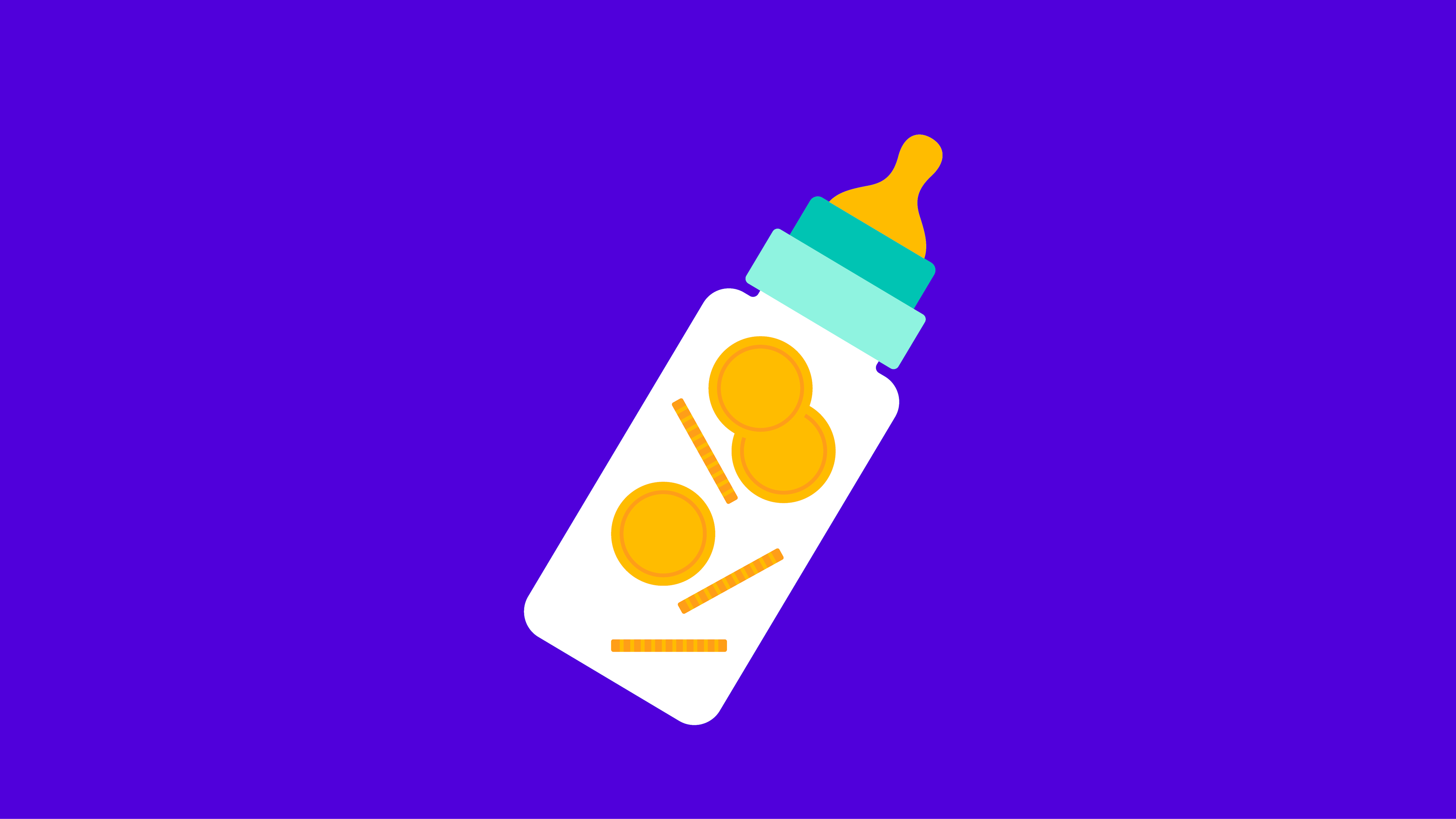It's a good thing babies are cute. Because the price tag...not so much. If you’re expecting (or thinking about having kids), here are the costs you’ll want to account for in your family budget. Starting with getting pregnant, up until they're off to college.
When can new parents expect to feel the budget changes?
If you're going through fertility treatments, expenses can start before you get pregnant. In other cases, they can pile up as soon as your bun's in the oven. Doctor visits, ultrasounds, and blood tests can all come with a fee. Then, there are other expenses like prenatal vitamins and maternity clothes. And don’t forget the nine-month supply of Ben & Jerry's.
And how much does it cost to actually have a baby?
That depends on several different factors. Like where you live, your insurance coverage — even your delivery method can impact costs.
How much does labor and delivery cost?
Cesarean births can range from $8,000 to $18,000, depending on whether there are complications during delivery. The average cost for a complication-free vaginal delivery at a hospital falls in the $5,000 to $11,000 range. Even if you have health insurance. If you’re thinking of welcoming your bundle of joy at home, you can expect to spend $3,000 to $9,000 to cover midwife costs.
How much does adoption cost?
Adoption costs depend on the adoption method you choose. Fostering to adopt could cost around $2,500 depending on your state and programs. And frequently, you receive government assistance while the child is under the foster system. Adopting through an agency can be much more expensive. By some estimates, anywhere from $25,000 to $45,000, depending on the country you adopt from.
And once we’re officially new parents?
The average cost to raise a child until they're 18 is about $310,000, according to the Brookings Institute. That cost includes food, transportation, clothing, and the typical miscellaneous fees (like little league and summer camp). Worth noting that that's a nationwide estimate for a middle-income family. It could be much more or less depending on factors like your location, income, and assets.
Do these totals include college costs?
Unfortunately, no. And we all know college usually comes with a large price tag. As in, about $25,000 to $53,000 a year for tuition, fees, room, and board based on national averages. A 529 plan can help offset costs down the line. That's an investment account where your cash money grows tax-free. You won't owe taxes on withdrawals, either — so long as the money's used for qualified education expenses.
Any other hidden costs I should know about?
Just a few. Here are some other costs to include in your family budget:
Do you need a bigger house to accommodate your growing family? If so, that could also mean bigger electricity and utility bills.
Adding another person to your health insurance plan. And covering any of their overall health needs — from doctor's visits to medications to one-off injuries.
If you're heading back to work after parental leave, expect to shell out at least 10% of your income for childcare.
One-time expenses like a stroller, and ongoing ones like diaper wipes. Plus more long-term impacts to your clothing and entertainment spending. Including things like art classes and sports equipment down the line.
Financial experts suggest that new parents get life insurance to protect their kids from facing big bills if something bad were to happen. Knock on wood...then add a new line item to your budget. Monthly premiums are usually between $30 and $50 for the young-ish and healthy.
theSkimm
When you have a kid, you're not the only one making a commitment — your wallet is, too. Luckily, there are some ways to cut down on costs for new parents. And some financial family planning can help you spend less time worrying and more time picking a name and decorating the nursery.
Subscribe to Skimm Money
Your source for the biggest financial headlines and trends, and how they affect your wallet.
